Code
HCS31246
Weight
232 gm / 0.51 lbs
Size
Height
9cm (4") Width
8cm (3") Depth
6cm (2") Material
Copper
Availability
Available

Safe Payment
We accept Paypal, Money Transfer, Bank Transfer
Confidence
Protection covers your purchase and personal data.
Worldwide Delivery
We ship Worldwide, except Russia.Shipping cost US$25.2 for upto 0.5 kgs

Hotline
Talk to help line for your question on 9841267335Partly Gold plating.
This [aparimita], Buddhist Miniature Statue, [high Quality], [partly Gold Plated], [traditional Color Finishing], [high Quality] has a Partly gold-plated finish. Partly fire gold gilding, a common practice in Nepali handicrafts. This technique is skillfully employed by artisans to create intricate designs on various metal objects, including statues, jewelry, and decorative items. Through a process, a mask or resist is applied to safeguard specific areas from the gold plating. The object is then subjected to high temperatures, allowing the gold to beautifully adhere to exposed surfaces using a combination of heat and pressure.
In the realm of Buddhist statues, this technique holds additional significance as it distinguishes the golden-plated body from the oxidized or maroon-painted clothing. This visual separation conveys the contrast between the divine purity of the body and the modest attire symbolizing the humble lifestyle of Buddhist monks. The partly fire gold gilding not only adds exquisite detail and elegance but also embodies the deep cultural and spiritual meaning associated with these treasured artifacts. Read More . . .
This [aparimita], Buddhist Miniature Statue, [high Quality], [partly Gold Plated], [traditional Color Finishing], [high Quality] has a Partly gold-plated finish. Partly fire gold gilding, a common practice in Nepali handicrafts. This technique is skillfully employed by artisans to create intricate designs on various metal objects, including statues, jewelry, and decorative items. Through a process, a mask or resist is applied to safeguard specific areas from the gold plating. The object is then subjected to high temperatures, allowing the gold to beautifully adhere to exposed surfaces using a combination of heat and pressure.
In the realm of Buddhist statues, this technique holds additional significance as it distinguishes the golden-plated body from the oxidized or maroon-painted clothing. This visual separation conveys the contrast between the divine purity of the body and the modest attire symbolizing the humble lifestyle of Buddhist monks. The partly fire gold gilding not only adds exquisite detail and elegance but also embodies the deep cultural and spiritual meaning associated with these treasured artifacts. Read More . . .
About Color Finishing
The [aparimita], Buddhist Miniature Statue, [high Quality], [partly Gold Plated], [traditional Color Finishing], [high Quality] is adorned with traditional colors, creating a captivating aesthetic through a combination of gold and various hues. This painting technique follows a time-honored process that aims to faithfully represent the [aparimita], Buddhist Miniature Statue, [high Quality], [partly Gold Plated], [traditional Color Finishing], [high Quality] in accordance with traditional color descriptions. In the context of Buddhist statues, this approach holds great significance. Each statue has its own primary color, and it is crucial to depict the statue in its authentic shade. Read More . . .
The [aparimita], Buddhist Miniature Statue, [high Quality], [partly Gold Plated], [traditional Color Finishing], [high Quality] is adorned with traditional colors, creating a captivating aesthetic through a combination of gold and various hues. This painting technique follows a time-honored process that aims to faithfully represent the [aparimita], Buddhist Miniature Statue, [high Quality], [partly Gold Plated], [traditional Color Finishing], [high Quality] in accordance with traditional color descriptions. In the context of Buddhist statues, this approach holds great significance. Each statue has its own primary color, and it is crucial to depict the statue in its authentic shade. Read More . . .
Ceramic Molding System
The [aparimita], Buddhist Miniature Statue, [high Quality], [partly Gold Plated], [traditional Color Finishing], [high Quality] has been crafted using the Ceramic mold casting process, a modern approach that provides an alternative to traditional methods such as the lost-wax system or rubber molding. Also referred to as ceramic molding, this technique involves the creation of a ceramic mold to cast the statue. The process begins by making a precise and detailed wax model of the desired sculpture. The wax model is then coated with layers of ceramic material, creating a sturdy mold. Once the mold is complete, it is fired in a kiln, causing the wax to melt and escape, leaving behind a cavity that perfectly replicates the original sculpture. Molten metal is then poured into the mold, allowing it to fill the cavity and take on the desired form. Once cooled and solidified, the ceramic mold is carefully broken away, revealing the final metal statue. Read More . . .
The [aparimita], Buddhist Miniature Statue, [high Quality], [partly Gold Plated], [traditional Color Finishing], [high Quality] has been crafted using the Ceramic mold casting process, a modern approach that provides an alternative to traditional methods such as the lost-wax system or rubber molding. Also referred to as ceramic molding, this technique involves the creation of a ceramic mold to cast the statue. The process begins by making a precise and detailed wax model of the desired sculpture. The wax model is then coated with layers of ceramic material, creating a sturdy mold. Once the mold is complete, it is fired in a kiln, causing the wax to melt and escape, leaving behind a cavity that perfectly replicates the original sculpture. Molten metal is then poured into the mold, allowing it to fill the cavity and take on the desired form. Once cooled and solidified, the ceramic mold is carefully broken away, revealing the final metal statue. Read More . . .
Brief Introduction :
Buddha Aparimita is very popular in bestowing long life upon the devotees. It is red in color. His two hands are in dhyana mudra and holds an ambrosia vase. He usually wears all the ornaments of different kinds peculiar to a Sambhogakaya Buddha. He is never depicted with any consort. He wears a crown and has Ushnisha and Urnakosh on his body.
Buddha Aparimita is invoked or worshipped for lengthening the life span or fast relief from dreadful diseases or from mortal danger. In Nepalese Mahayana tradition the dharani of Buddha Aparimita is often recited by the devotees in the presence of dying patients. the recitation of this dharani is said to be efficacious when carried out in utter sincerity. It is said that the famous Madhayamika Buddhist philosopher Arya Nagarjuna had escaped his early death after recitation of this dharani for one complete day and night.
Mantra of Amitayus
ཨོཾ༌ཨཱ༌མ༌ར༌ནི༌ཛི༌ཝན༌ཏེ༌ཡེ༌སྭཱ༌ཧཱ།
Om A Ma Ra Ni Dzi Wan Ti Ye Soha
ओं अमरणि जीवन्तये स्वाहा
Om A Ma Ra Ni Dzi Wan Ti Ye Soha
ओं अमरणि जीवन्तये स्वाहा


![[aparimita], Buddhist Miniature Statue, [high Quality], [partly Gold Plated], [traditional Color Finishing], [high Quality]](https://handicraftseller.com/uploads/pics/product/thumb/2023/11/31246.jpg)
![[aparimita], Buddhist Miniature Statue, [high Quality], [partly Gold Plated], [traditional Color Finishing], [high Quality]](https://handicraftseller.com/uploads/pics/product/thumb/2023/11/31246_0.jpg)
![[aparimita], Buddhist Miniature Statue, [high Quality], [partly Gold Plated], [traditional Color Finishing], [high Quality]](https://handicraftseller.com/uploads/pics/product/thumb/2023/11/31246_1.jpg)
![[aparimita], Buddhist Miniature Statue, [high Quality], [partly Gold Plated], [traditional Color Finishing], [high Quality]](https://handicraftseller.com/uploads/pics/product/thumb/2023/11/31246_2.jpg)

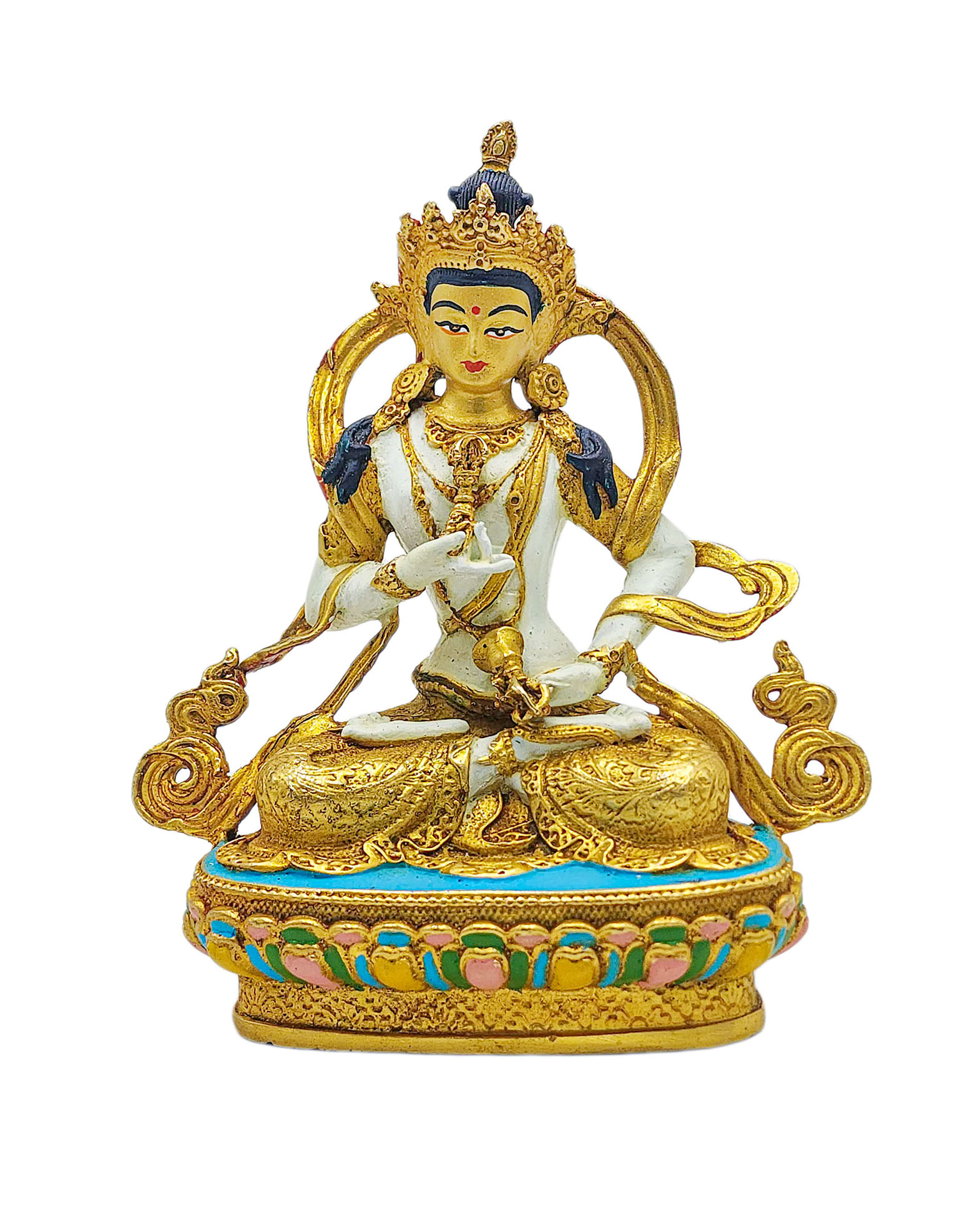 Vajrasattva, Buddhist Miniature Statue,
Vajrasattva, Buddhist Miniature Statue, 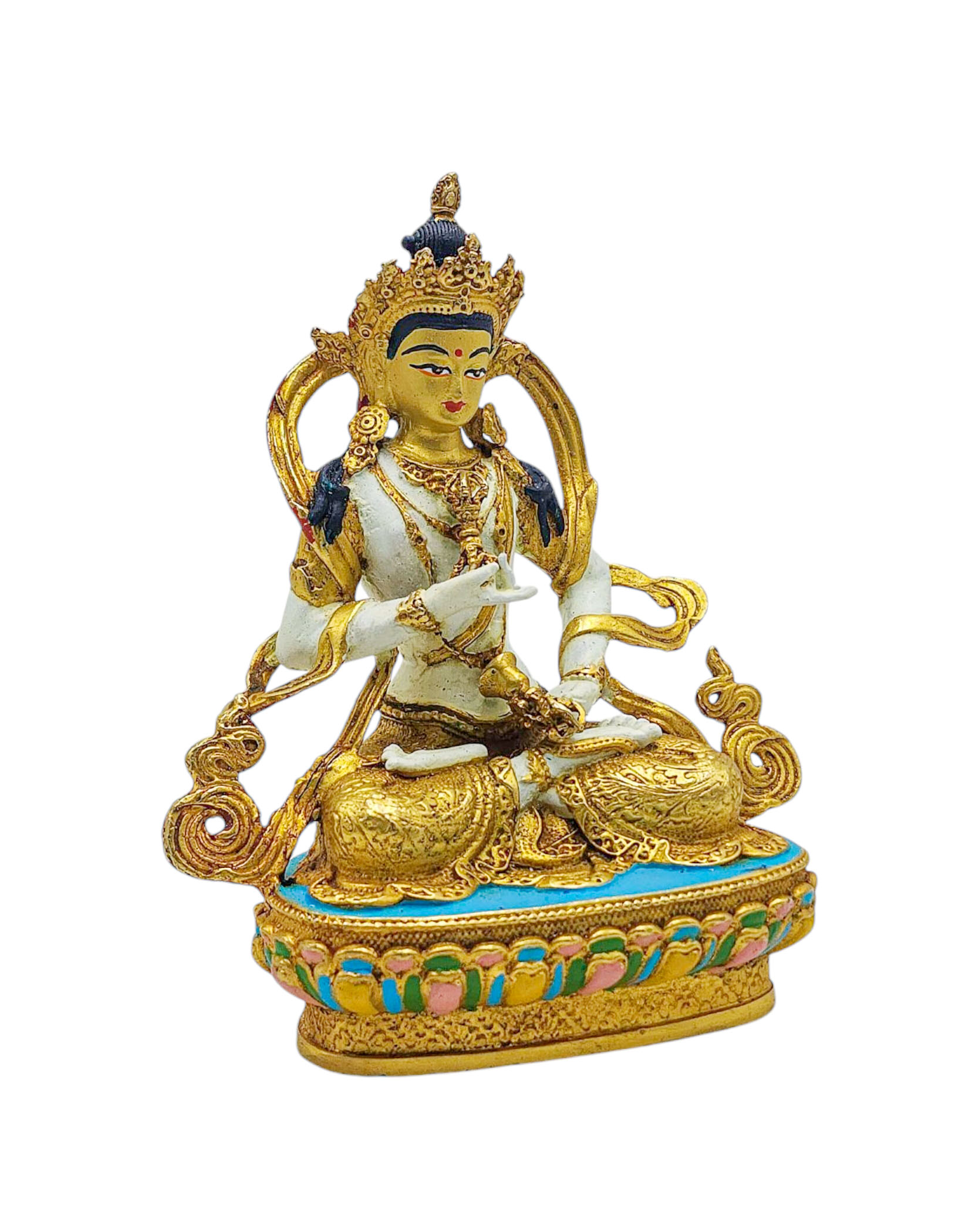 Vajrasattva, Buddhist Miniature Statue,
Vajrasattva, Buddhist Miniature Statue,  Vajrapani, Buddhist Miniature Statue,
Vajrapani, Buddhist Miniature Statue, 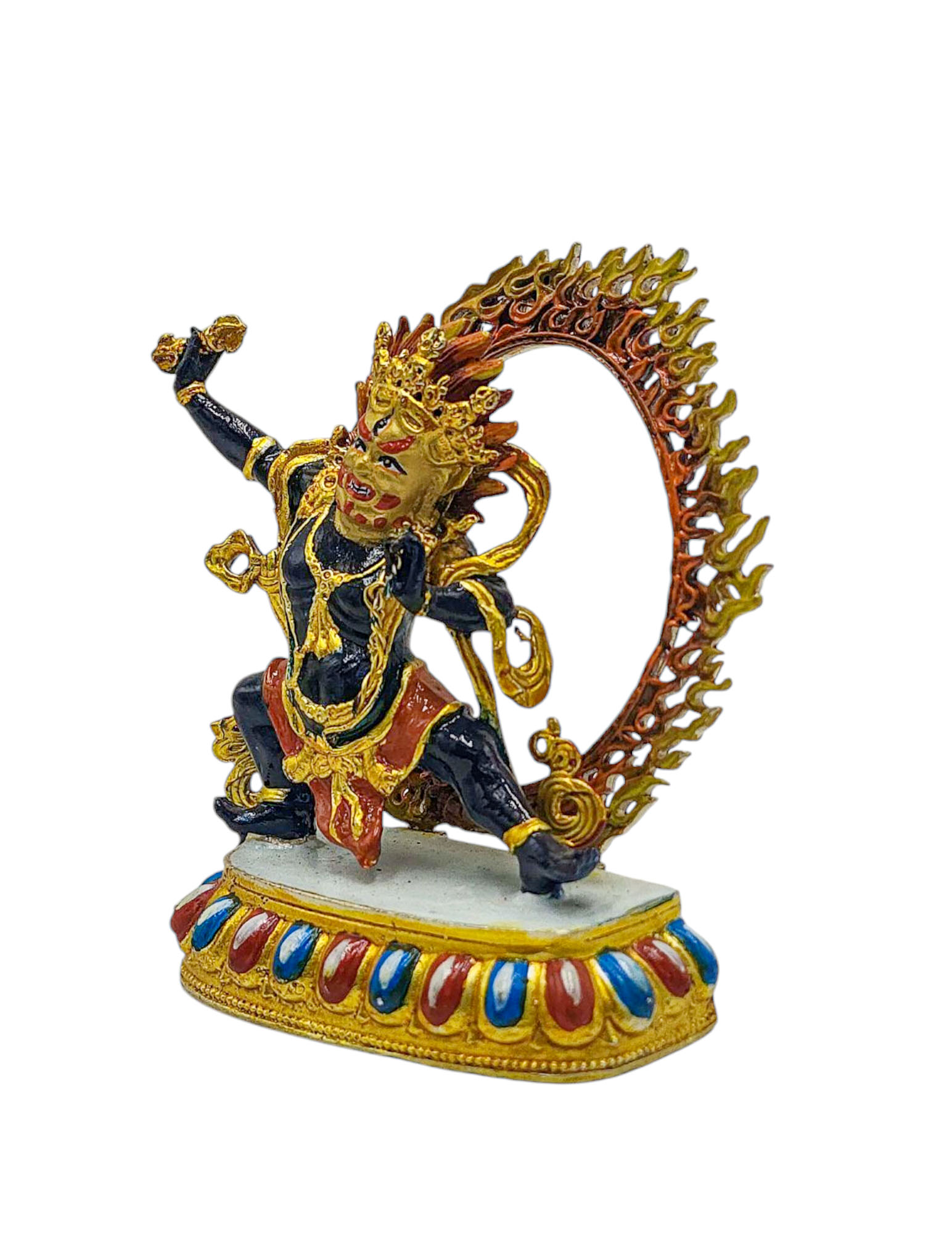 Vajrapani, Buddhist Miniature Statue,
Vajrapani, Buddhist Miniature Statue,  Green Tara, Buddhist Miniature Statue,
Green Tara, Buddhist Miniature Statue, 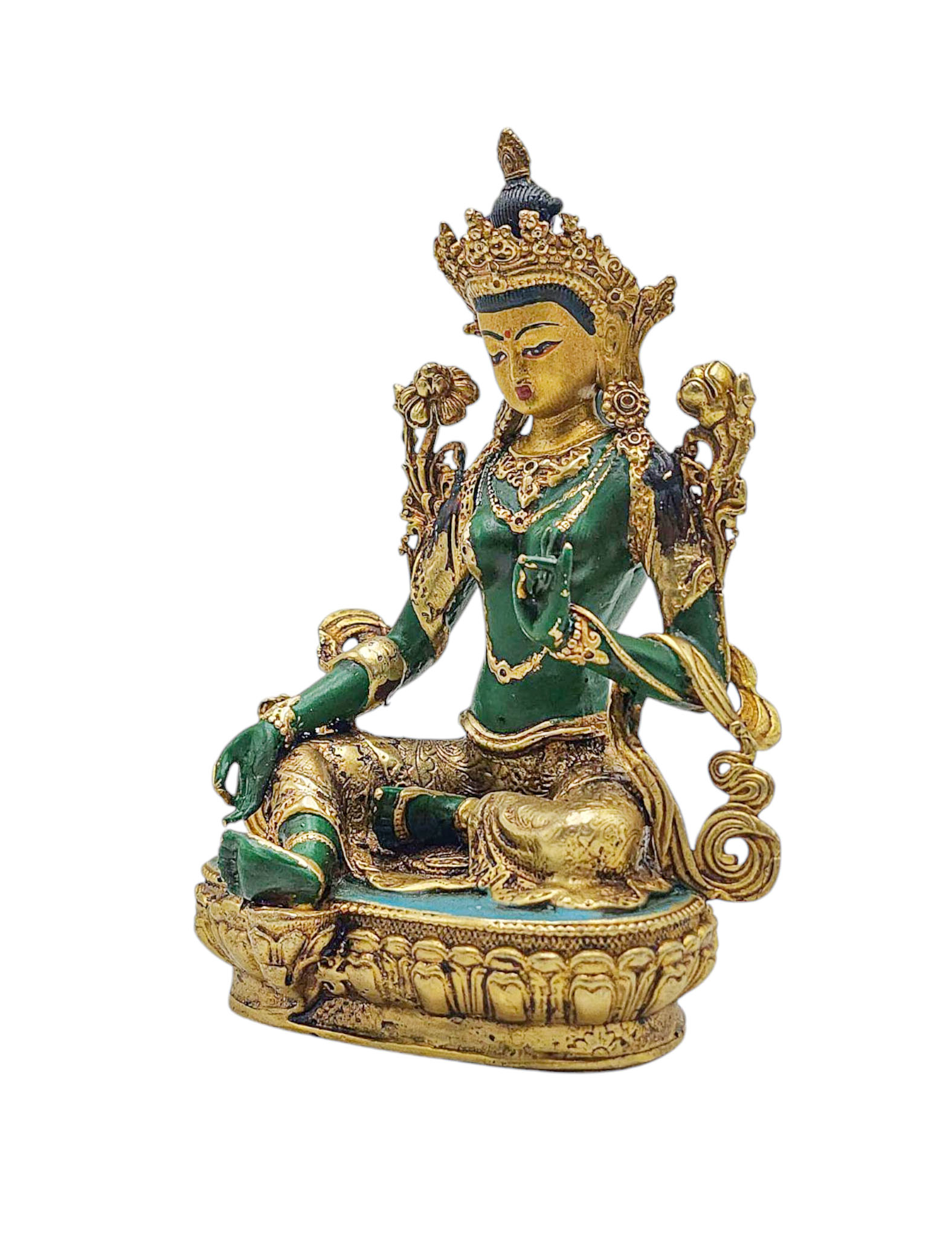 Green Tara, Buddhist Miniature Statue,
Green Tara, Buddhist Miniature Statue,  of Chenrezig,
of Chenrezig,  of Chenrezig,
of Chenrezig, 
 White Tara,
White Tara, 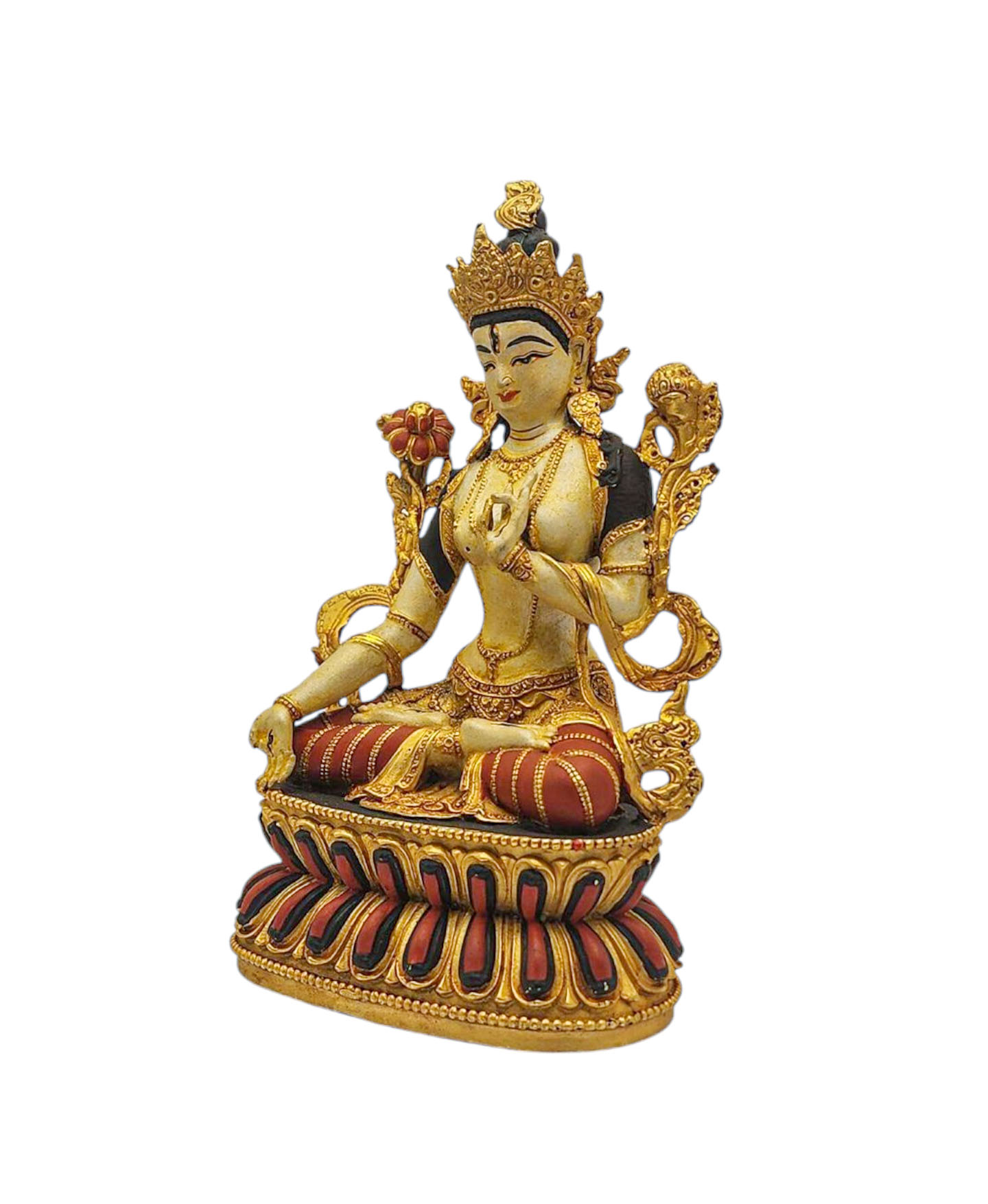 White Tara,
White Tara,  Mahakala Black, Buddhist Statue,
Mahakala Black, Buddhist Statue,  Mahakala Black, Buddhist Statue,
Mahakala Black, Buddhist Statue, 
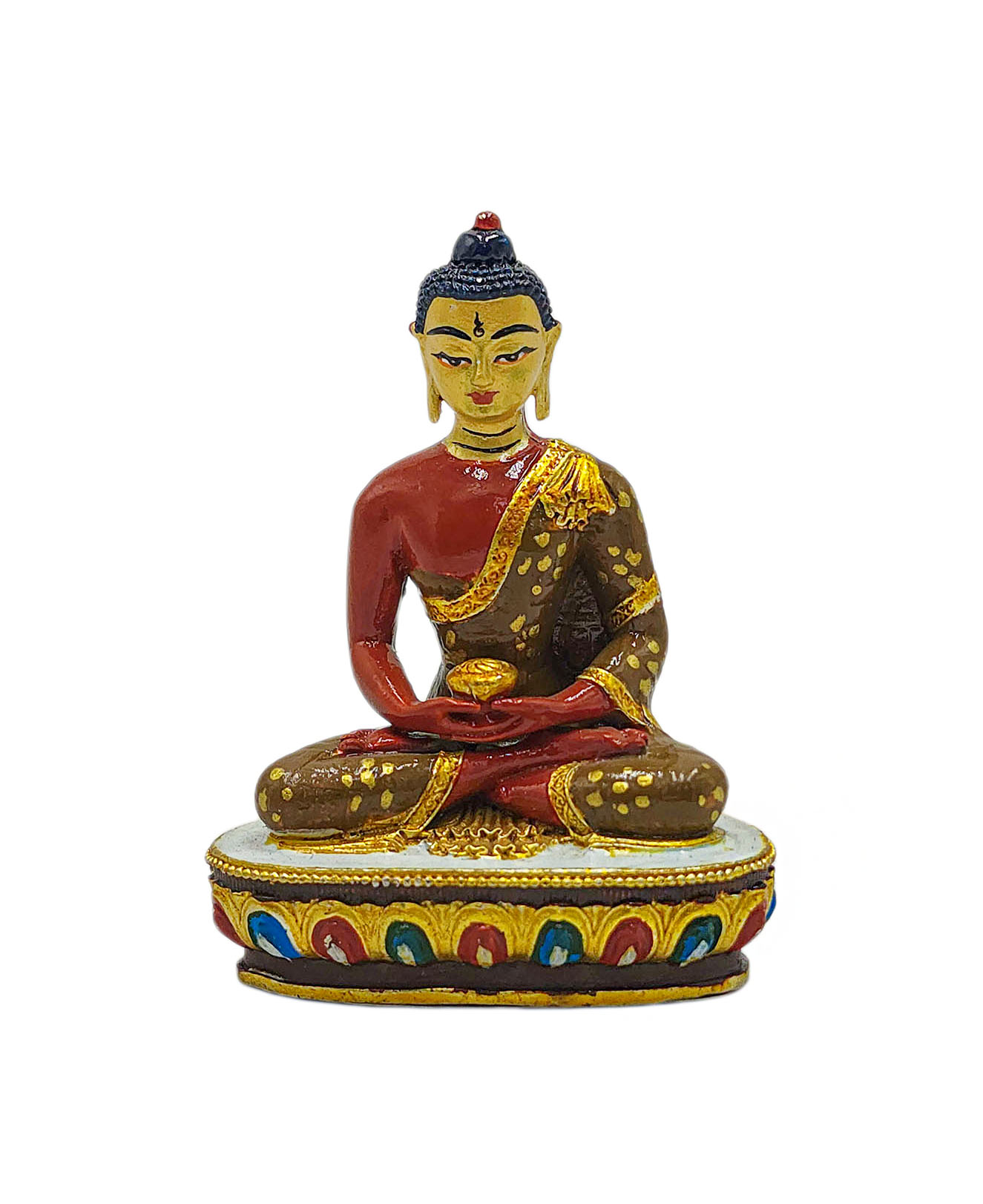 Amitabha Buddha, Buddhist Miniature Statue,
Amitabha Buddha, Buddhist Miniature Statue, 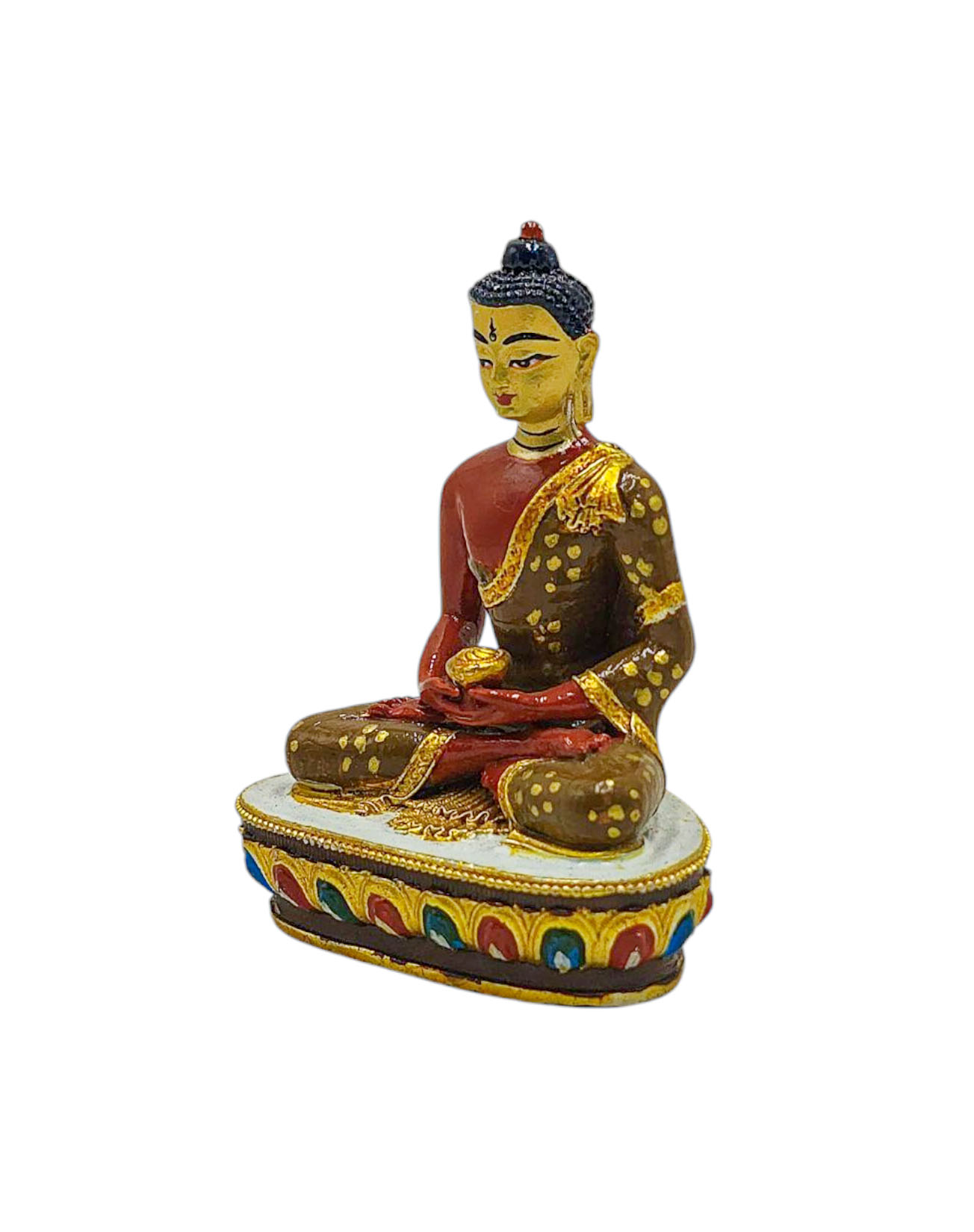 Amitabha Buddha, Buddhist Miniature Statue,
Amitabha Buddha, Buddhist Miniature Statue,  Vajrapani, Buddhist Miniature Statue,
Vajrapani, Buddhist Miniature Statue, 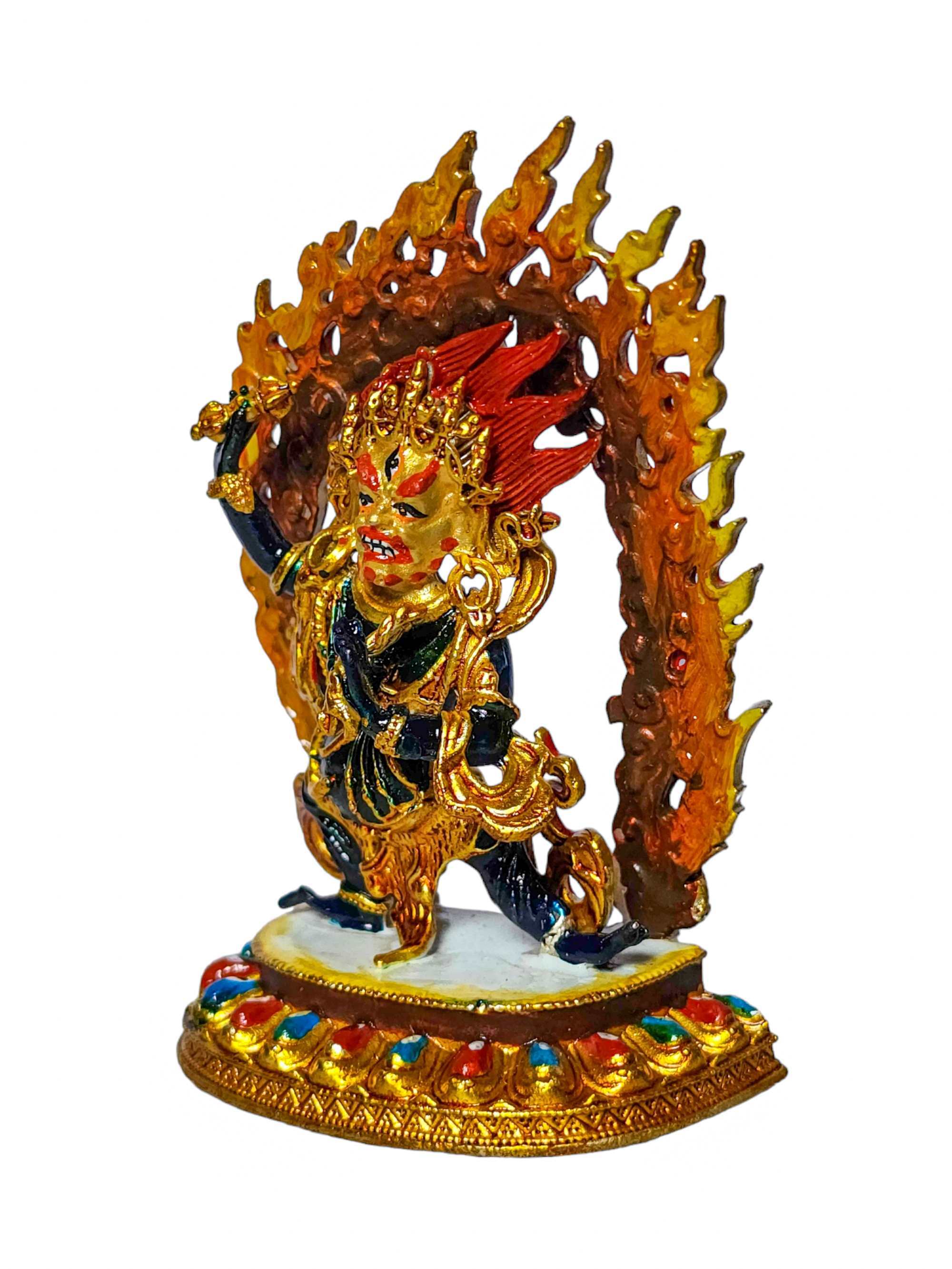 Vajrapani, Buddhist Miniature Statue,
Vajrapani, Buddhist Miniature Statue,